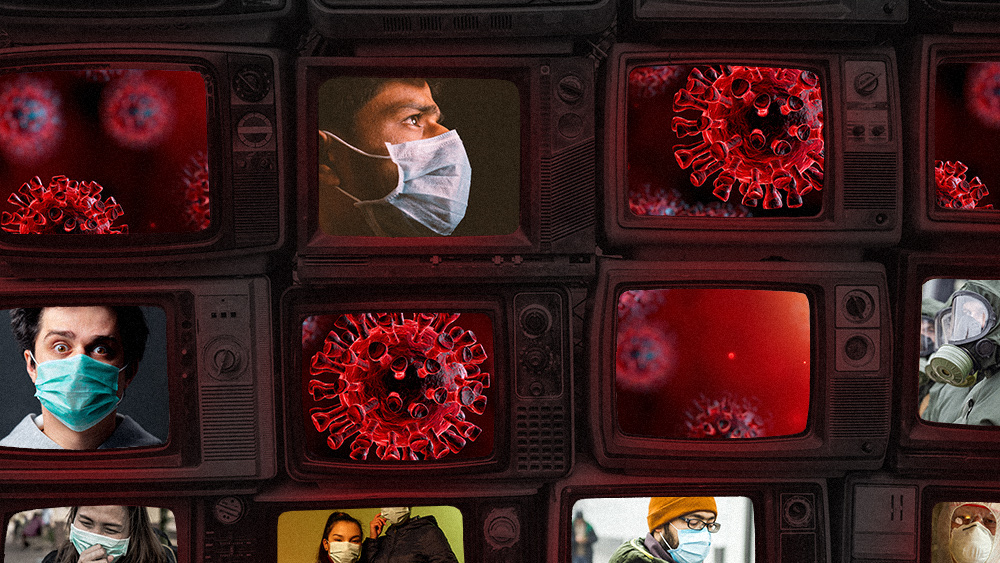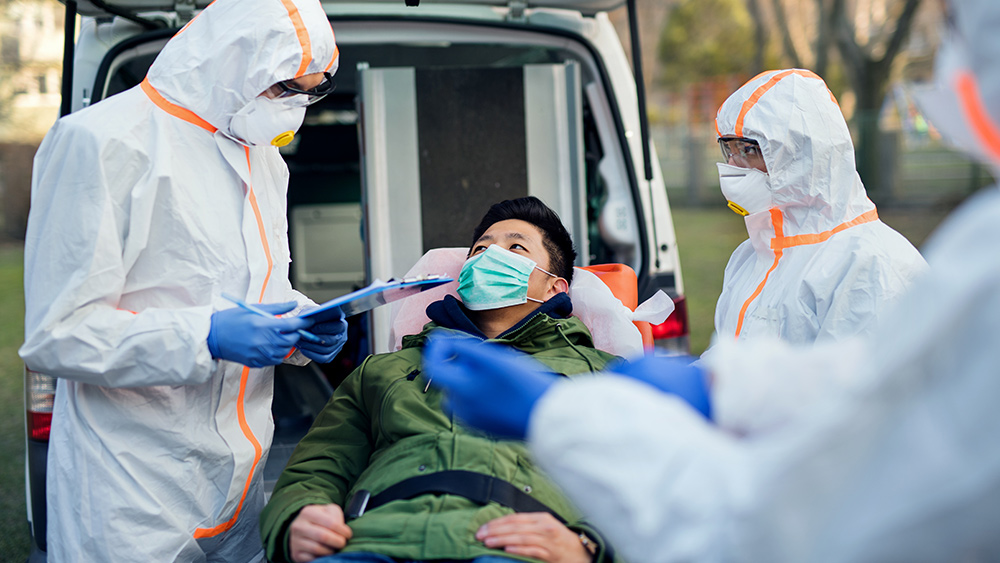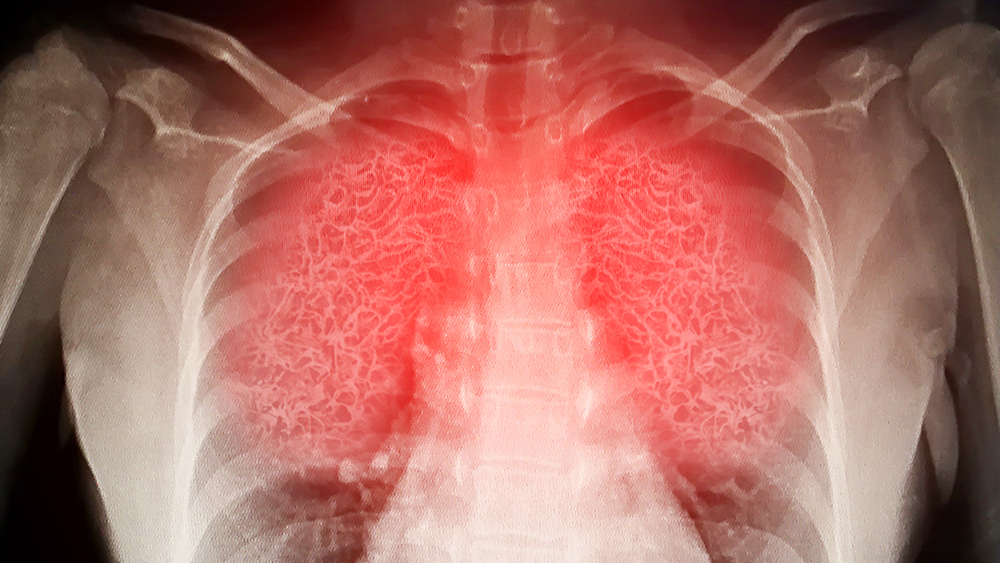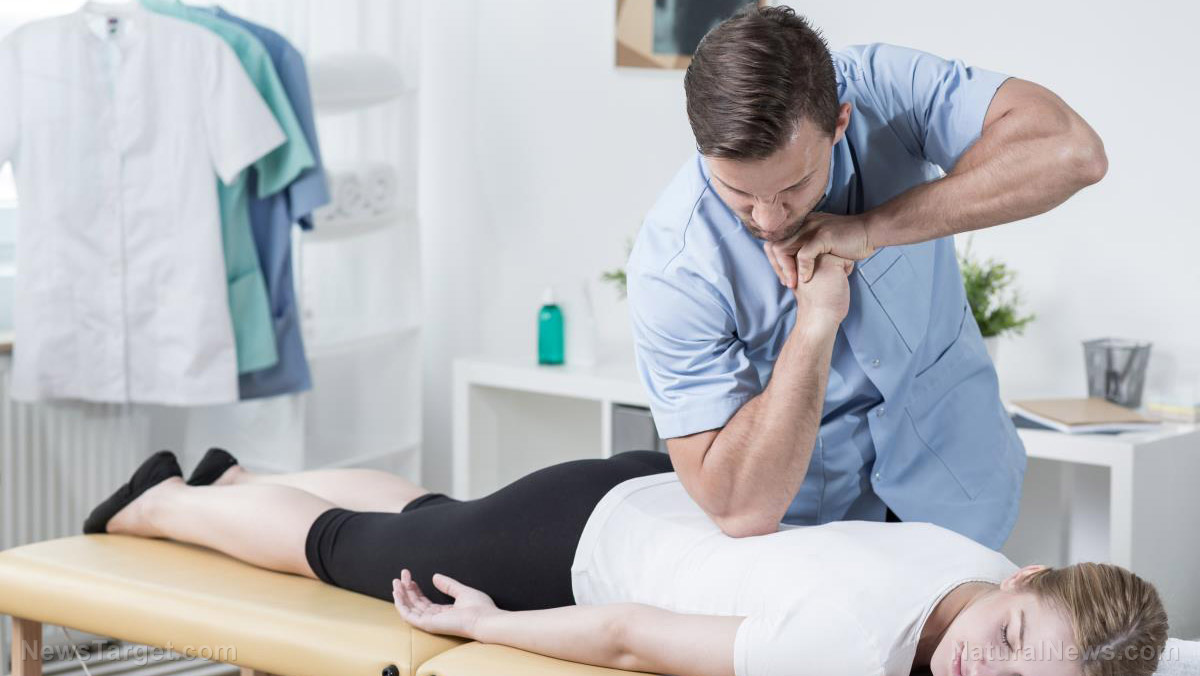Homesteading 101: How to make your own survival garden (and 5 vegetables to plant)
03/14/2020 / By Darnel Fernandez

Whether you’re hunkering down in your home or bugging out in a remote location, it’s important to keep yourself fed and healthy. One common prepping strategy is simply stockpiling enough food to sustain you and your family for as long as it can. However, no food can last forever. This is where having a survival garden and growing your own food will come in handy. (h/t to UrbanSurvivalSite.com)
Planning your survival garden
A survival garden is a little different from a regular garden. When bugging in or out with your loved ones, it would take quite a few plants to sufficiently feed everyone, especially during scenarios where food supplies are running low. However, before you start planting anything, there are a few things to keep in mind when planning for your survival garden.
The first thing you should consider is the amount of space you have. While it’s definitely possible to grow food regardless of available space, certain types of vegetables might be difficult to grow properly. (Related: Gardening 101: Ten crops you can grow in buckets throughout the year.)
Next is the amount of sunlight in your area. If you can reliably expose your garden to about six to eight hours of direct sunlight, you will be able to plant a large variety of plants. However, if you don’t, you can grow plants that do well in partial sunlight.
Lastly, you must consider the nutritional value of the vegetables. Plant those that are both easy to manage and nutrient-dense that will help keep up your health. In addition, if living with other people, you should consider their preferences to make sure everyone is fed.
Fast-growing vegetables
If you have decided to start your survival garden, here is a list of nutritious and fast-growing vegetables that you can start planting:
- Radishes. These small, red vegetables are easy to grow and packed with minerals and vitamins like folate, vitamin B6 and potassium. You can start planting radish seeds at least two to three weeks before the final frost date, and will take another three to four weeks before you can harvest your first batch.
- Peas. Peas can provide numerous vitamins like B1 and C, folate and fiber. These vegetables grow vertically, meaning they take up much less space compared to other vegetables. Peas are also frost hardy, meaning they can survive well during the spring and fall.
- Cucumbers. This vertical plant can be harvested within 50 to 60 days after planting. While cucumbers are a well-known vegetables for those who like pickling, fresh cucumbers can also be just as good – providing you with magnesium, potassium, vitamins A, C and K. However, as cucumbers are a warm season plant, you must wait until the final frost date passes before attempting to plant.
- Spinach. Spinach is a nutritional powerhouse, jam packed with minerals like manganese, magnesium and iron. However, spinach requires quality soil to grow properly so be prepared to use plenty of compost. Once planted, it only takes about four to six weeks before you can harvest your first batch.
- Turnips. Surprisingly enough, turnips are actually two vegetables in one. Not only you can eat the bulbs, but you can also eat the bushy turnip greens on top. The greens themselves mature much faster than the bulbs, being ready to harvest in just about 40 days compared to the 60 days the bulbs need. As for cooking them, it is recommended to boil them at least two times to remove the bitter flavor.
Learn more about keeping your home self-sufficient for survival at Homesteading.news.
Sources include:
Tagged Under: gardening, green living, home gardening, Homestead, homesteading, preparedness, prepping, self sufficiency, self-reliance, survival, survival food, survival garden, sustainable living, vegetables



















